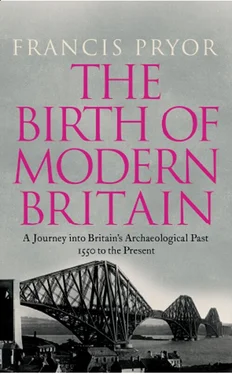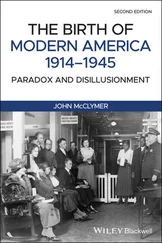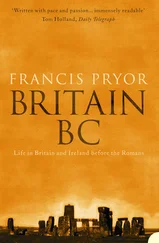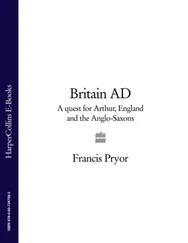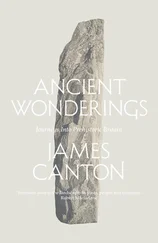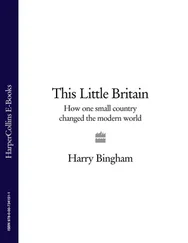1 ...7 8 9 11 12 13 ...20 When I learned about the manorial system at school I gained the impression that, once in place, it remained there, pretty much unaltered. This is perhaps where our views have changed the most. We now realise that it was a dynamic system that was modified from one area to another through time, depending not just on the local soil and climate, but on social factors, such as the wealth, power and influence of landlords. We have also discovered that the once clear distinction between the collective Open Field farms of the nucleated landscapes could not necessarily be distinguished from the individually owned farms of the woodland landscapes. In other words, there was Open Field farming in ‘woodland’ areas and vice versa. 8 So although the very broad distinction into the three provinces can still be said to hold true, it simply cannot (and must not) be used to predict what one might discover in a randomly selected tract of landscape.
These warnings become even more important from the fourteenth century, when the population was massively reduced following food shortages and the terrible impact of successive waves of plague that then continued right through to the seventeenth century. Although, as I have said, the feudal ‘system’ never really took a firm hold in Britain, even after the Norman Conquest, most of the ties and obligations that did exist began to slip when the rich and powerful could no longer rely on a large, docile and cheap workforce. 9 From the fourteenth century peasant farmers and working people realised they were no longer in a buyer’s market, especially when it came to the negotiation of their land tenure and labour contracts. In the western ‘woodland’ regions this less restricted climate began to give rise to a new, dual, rural economy where the families of smaller farmers developed a second string to their bow, which was usually based around something to do with the land, such as spinning and weaving, or coal-mining in places such as the Forest of Dean where coal was readily accessible. These dual economies varied from region to region, but as we will see later they played a crucial role in the development and growth of industry in these areas.
So for practical purposes, we can see the Middle Ages in rural Britain drawing to a close from the mid-fourteenth century onwards, for which reason the following three hundred years have been described as an age of transition in which political and religious changes did not necessarily happen smoothly. But viewed in the longer term they did indeed happen, and what is more, the evidence they left behind can be traced both on and in the ground, for example in the way that people changed their attitudes towards rites of burial and memorial and even in more mundane aspects of life, such as their choice of domestic pottery. 10 The effects of these continuing processes of change, however, only became highly visible during the Reformation (c. 1480–1580), a period which saw the rise of Protestantism and the Dissolution of the Monasteries.
I think I can understand why the version of history taught at school paid so much attention to the Open Field farms of medieval Britain. It was, after all, a very different way of doing things and it also gave teachers a chance to discuss the social ties and obligations of feudalism, while at the same time it brought the Church, monasteries, great landowners and manorial courts into the story. I can well remember being struck by the mystery and romance of the times, supposing myself a wandering troubadour strumming a lute at the feet of beautiful maidens. Although on second thoughts, this makes me think I wasn’t quite so young as I once imagined. Anyhow, the period that followed was, if anything, rather more fascinating, because it witnessed social and economic developments that are still affecting British life.
There can be no doubt that in many rural areas, especially in the old Central Province of the English Midlands, the post-medieval period got off to a shaky start. I’ll have more to say about this later, but in essence the general population decline of the later fourteenth, fifteenth and earlier sixteenth centuries, which was ultimately brought about by successive waves of plague, left its mark on early modern towns and villages in the countryside. However, things were about to improve, slowly at first, but then with gathering rapidity.
At this point I must add a quick note about the process known as ‘enclosure’, which I will discuss in greater detail shortly. When we discuss the end of the Open Field system we find it replaced by enclosure. Used in this way the word refers to a change in landownership where several owners are replaced by one. I think many people still labour under the misapprehension that the manorial system and Open Field farming both came to an abrupt end some time between the Battle of Bosworth (1485), which saw the effective end of the Wars of the Roses, and the Dissolution of the Monasteries, when a near-tyrant king effectively pulled the rug of power from under the feet of the Church. At least that is how things appeared. We now realise that both society and landscapes actually take rather longer to modify in so drastic a fashion. As I noted earlier, the seeds of change were planted in the mid-fourteenth century, but that was just the beginning. In many parts of Britain, especially in the Midlands and eastern parts of England, Open Field farms continued through the sixteenth century, but by its end nearly half had succumbed to enclosure. By 1700 three-quarters had been enclosed. So when statutory or parliamentary enclosure (see below, p. 38) began in earnest in the later eighteenth century only a quarter of the Open Fields required enclosure – and of course today we are left with just a single surviving Open Field parish, at Laxton, in Nottinghamshire. 11
We have just seen that, although the dissolution of the great monastic house of Glastonbury had an immediate effect on landownership at Shapwick, the direct effect on patterns of farming was relatively slight. Only somewhat later, when the process of emparkation had got under way, did the longer-term results of the shift in landownership become evident in the landscape. In some places, however, the Dissolution had a sudden and dramatic effect. And nowhere was this more evident than in the Fens where a vast area of new land was drained, largely through the good offices of the Earls and then the Dukes of Bedford who had acquired money plus the vast estates of Thorney Abbey during the Dissolution; this provided the basis for the region’s prosperity from the seventeenth to the nineteenth centuries. 12 We will see shortly that drainage, mostly to improve pasture, rather than to provide new arable land, was to become an important feature of the second phase of post-medieval farming improvements of the early and mid-eighteenth century.
During the fifteenth and sixteenth centuries we see a gradual move away from the Open Field system of farming towards a more complex set of regional patterns which better reflected local soil types, transport networks and what today we would call marketing opportunities. It was never simply a matter of finding the best soil to grow a particular crop. Take, for example, the vegetable farms around Sandy in Bedford. Here, as any vegetable gardener could tell you, the Ouse Valley terrace gravels in their natural state are rather too light and well drained to grow the top-quality brassicas, such as the Brussels sprouts that are still such a noted speciality of the region; and it was only the addition of much manure and fertiliser, together with the ready availability of the vast market provided by a rapidly growing London population, that allowed the vegetable trade to develop successfully.
Plotting the development of early modern (1550–1750) farming has been a process which has owed much to economic historians and geographers, such as Joan Thirsk and Eric Kerridge, and without the basis of their pioneering research the recent work of more archaeologically orientated scholars, such as Susanna Wade Martins and Tom Williamson, would not have been possible. Today agricultural history is going through a very exciting period indeed. Thanks to people like Joan Thirsk we have long since abandoned some of the rather simplistic ideas – I almost said ideals – exemplified by terms such as the Agricultural Revolution and are now in the throes of creating a new history of rural Britain, based more on facts unearthed from survey and from detailed examination of sources such as estate records, than on over-arching concepts that sound good, but actually mean little. I shall return to the evidence for the timing of that supposed agricultural ‘revolution’ shortly.
Читать дальше
